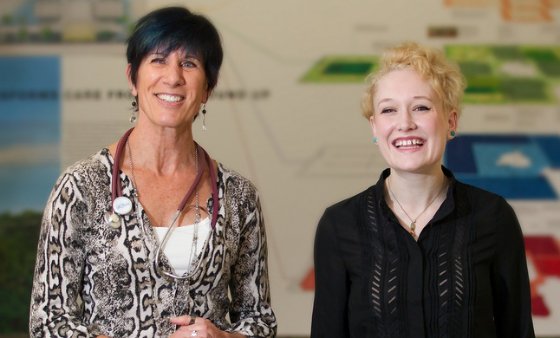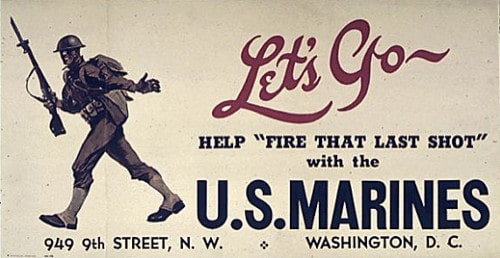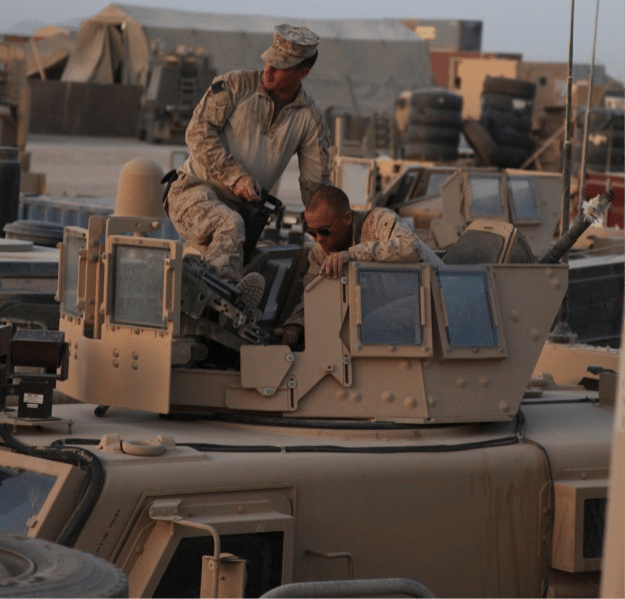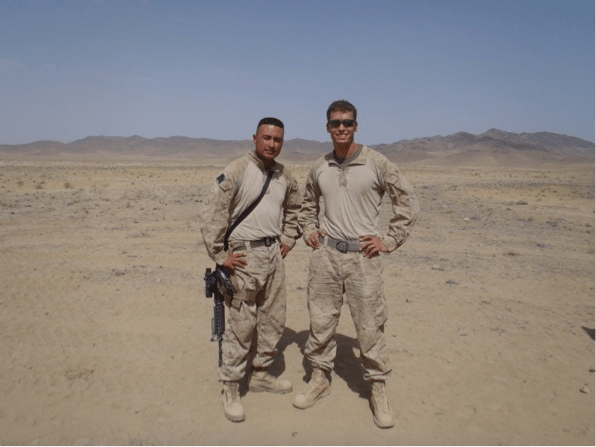By Leo Babauta
Our lives naturally get filled with clutter: possessions that we ordered online pour in week by week, we take on more and more, we are constantly reading and watching and responding, messages pour in daily as well.
The modern world is one of more, more and still more.
What would it be like to declutter our lives and live with less?
The Way of Less is one of:
- Less clutter, fewer possessions, just the essentials
- No need to reach for the comfort of buying things or holding onto things, because you have learned to take care of your stress without things
- Less doing and busy-ness, because you’ve said no to more things, and have focused only on the things that make the most difference
- Less distractedness, because you’re checking on things less, more focused and less responsive
- Less on your to-read list, less on your to-watch list, less that you have planned because you’ve let go of needing to read and watch and do everything that looks interesting
By reducing down to less, you learn to become content with little. You have space in your life. You can breathe. You can give focus to what matters most to you. You can find joy in the simple things.
This is the Way of Less, and many people I know have found it to be a joyful way of living. I often get off the path myself, but returning to it is always like coming home.
Essentials for the Way of Less
The Way of Less is not really about saying no to everything or tossing everything out or doing nothing. Sometimes it involves those things, but that’s not what it’s about.
It’s about saying yes to what really matters. Paring down to the essentials that matter most to you, and making space for those.
What matters most: What are your essentials? My list might look something like this:
- My mission (work, including writing and teaching)
- My loved ones
- Learning
- An active, healthy, mindful life
The last one might seem like a cheat, but it’s flexible: it includes meditation but could include walking, hikes, sports, lifting weights, yoga, cycling, swimming, surfing or more.
What are your essentials?
Possessions: You can also make a list of essential possessions. Mine might include:
- A minimal amount of clothes for a week
- A dozen books or so (I have more than that right now, but am paring down)
- Exercise equipment & a yoga mat
- My computer & phone
- And of course things like dishes, towels, a bed, sheets, etc.
Projects & doing: How much do you have on your plate? If you could whittle it down to the essentials, what would it look like? For me, it might look like:
- My mission — one project at a time
- Cultivating the communities of my programs (including responding to messages once a day)
- Learning project
- Doing things with my loved ones
I’m not saying these are the only things I ever do, but they’ve become my “projects & doing” essentials lately.
Digital essentials: How much do you do online? What do you read and watch? How often are you responding to messages or checking social media? If you had to pare it down to your essentials, what would it be?
For me, it’s email and the online communities for my programs, along with team and client messages. I also check a few news websites but those aren’t essentials for me. I also often do my learning projects using online reading.
It’s not about cutting everything out of your life, but about contemplating what your essentials are.
Getting to the Way of Less
Once you’ve identified the essentials, getting to the Way of Less is the next part of the journey.
We won’t go into the details of it right now, but here are some key points to this journey:
- Identify the essentials. As we talked about in the section above, it’s important to identify what’s most essential to you — in your life, digitally, with your possessions, projects, and so on. Get clear on this.
- Start decluttering the rest, one chunk at a time. Now start to let go of the rest. Do you have big commitments, projects, activities that have been taking up your time but not on the essentials list? Start to let them go. Do you have a lot of clutter beyond your essential possessions? Start to let those go as well. Digital distractions, huge reading and watching lists, all of the aspirations that you don’t have time for — start to let them go! Just a little bit at a time — otherwise it can get overwhelming. It’s the same as how you eat an elephant: one bite at a time.
- Learn to cope (and thrive) without the buying & overdoing. Now here’s the thing we need to start to shift, in the Way of Less — not needing to buy things to deal with stress, sadness, loneliness. Not needing to always be busy. To be willing to feel what we feel, and be OK with it — that’s a key skill. It starts with meditation, but cultivating the capacity to be present with your feelings is a lifetime practice. It’s what we train with in my Fearless Training Program — you can start with the Fearless Purpose training package.
- Find joy in the things that matter to you. Now that you’ve let go of most of the non-essential things, the key is to stop looking for happiness and comfort in everything else … and start finding the joy in the things that you’ve kept. The things that matter most to you. Find joy in very little. This is another lifetime practice, but you can do it today. Find one thing on your short list of essentials (like my mission, loved ones, learning & healthy life), and see if you can find joy in it.
- Start saying no to the rest more often. And here’s another key step that we often forget about — once you create some space for the things that matter, stop saying yes to everything else. As much as you’re able to. Don’t let things creep back in. I have to either keep this front of mind, so that I am saying no as a general rule … or come back to it when I start to forget. I know that I’ve forgotten when I don’t have enough room for what’s important.
- Enjoy the space. It’s not just finding joy in the things that matter. It’s also finding joy in having some breathing room. Having some space. Not needing to keep doing, but to stop and just be. Just notice. Just breathe. Relax into it. Very few people actually allow themselves to do this, without needing to fill everything up with reading, watching, doing, responding, talking, moving, acting. Enjoy the empty space, as if it were just as important as all the rest.
Would you like to explore this with me? Join the Declutter Challenge in my Sea Change Program. We have articles, videos and weekly check-ins to support you moving towards less, along with a live video webinar with me.
Join Sea Change today to be a part of the Declutter Challenge.


 We don’t use the “real” Facebook. Or Twitter. Or Google, Yahoo, or LinkedIn. We are almost all part of experiments they quietly run to see if different versions with little changes make us use more, visit more, click more, or buy more. By signing up for these services, we technically give consent to be treated like guinea pigs.
But this weekend, Facebook stirred up…
We don’t use the “real” Facebook. Or Twitter. Or Google, Yahoo, or LinkedIn. We are almost all part of experiments they quietly run to see if different versions with little changes make us use more, visit more, click more, or buy more. By signing up for these services, we technically give consent to be treated like guinea pigs.
But this weekend, Facebook stirred up… 



